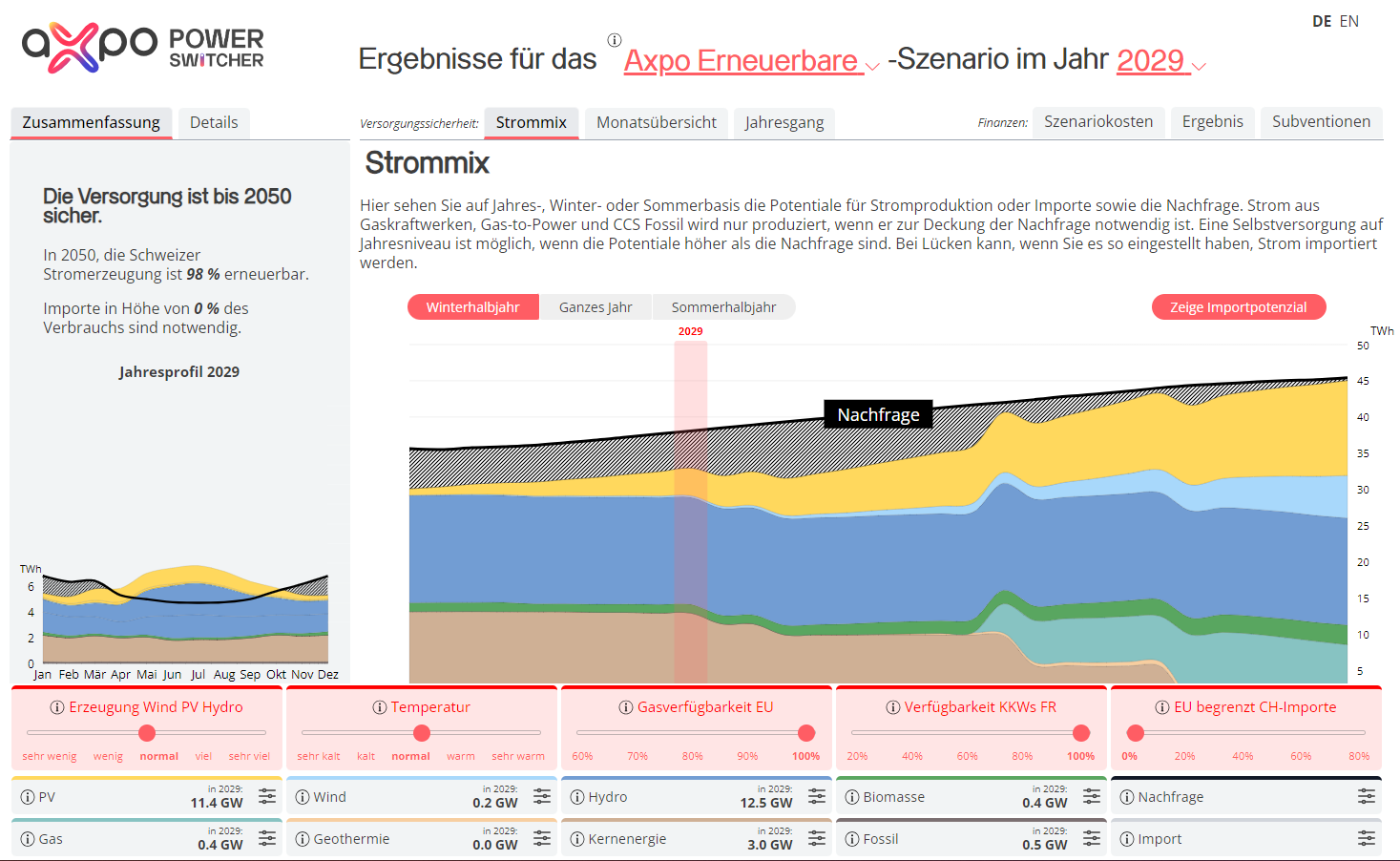10.02.2022 | New reactive power compensation systems in Winkeln and Fällanden
Controlling grid voltages with shunt reactors
The voltage in the electricity grid must be kept stable at all times. This is an important responsibility of the grid operators. Axpo has now installed new reactive power compensation systems. The systems will make it possible to compensate for high voltages that can occur in power lines at night and at weekends when there is less electricity in the lines.
Voltage is one of the key properties of electricity grids. Grid operators are charged with keeping the grid voltage as stable as possible within defined limits. This applies for both the transmission grids on the highest-voltage level and the distribution grids on the medium- and low-voltage levels. Voltage fluctuations can have drastic consequences. Overvoltages can damage systems and devices, while voltages that are too low can result in voltage collapse and thus blackouts. Voltage stabilisation is thus crucial for the power supply.
Grid voltage rises when consumption is low
When less electricity is consumed at night or at weekends and the current flow in the grid is accordingly low, the grid voltage goes up. This means that the distribution grid produces a lot of reactive power during off-peak periods and the voltage rises as a result. Other causes of high grid voltage include the increased use of buried cables. Due to the conversion of the Axpo high-voltage grid from 50 to 110kV, less current is required for the transmission of the same capacity. This lower current level, in turn, results in a further heightening of the increased voltages.
Grid operators have various options at their disposal for keeping the voltage stable and intervening when voltage fluctuations occur. Among other measures, Axpo grid operators counter high voltages through the regulation of reactive power. The reactive power can be regulated in the distribution grid using generators (power plants), for example.
New reactive power compensation systems in substations Winkeln and Fällanden
Where this was not possible in the past, Axpo was obliged to feed the reactive power into the transmission grid. This both increased the voltage in the transmission grid and resulted in high reactive power costs for Axpo, as the national grid operator Swissgrid has to pay the power plants in the transmission grid for power factor correction. To enable Axpo to compensate for (i.e. reduce) itself this reactive power in the future, the Axpo grid operators have – for the first time – installed a power compensation system in each of the substations Winkeln and Fällanden.
The 130-tonne power compensation systems were delivered with heavy goods vehicles and connected to Axpo’s high-voltage grid. Both systems have been in operation since early February 2022 and are controlled and monitored by the energy and grid control centre in Baden.
In short, reactive power compensation systems are a good thing. They reduce the reactive power in the electricity grid, keep the voltage stable, cut costs and enhance the quality of the power supply.




.jpg)





